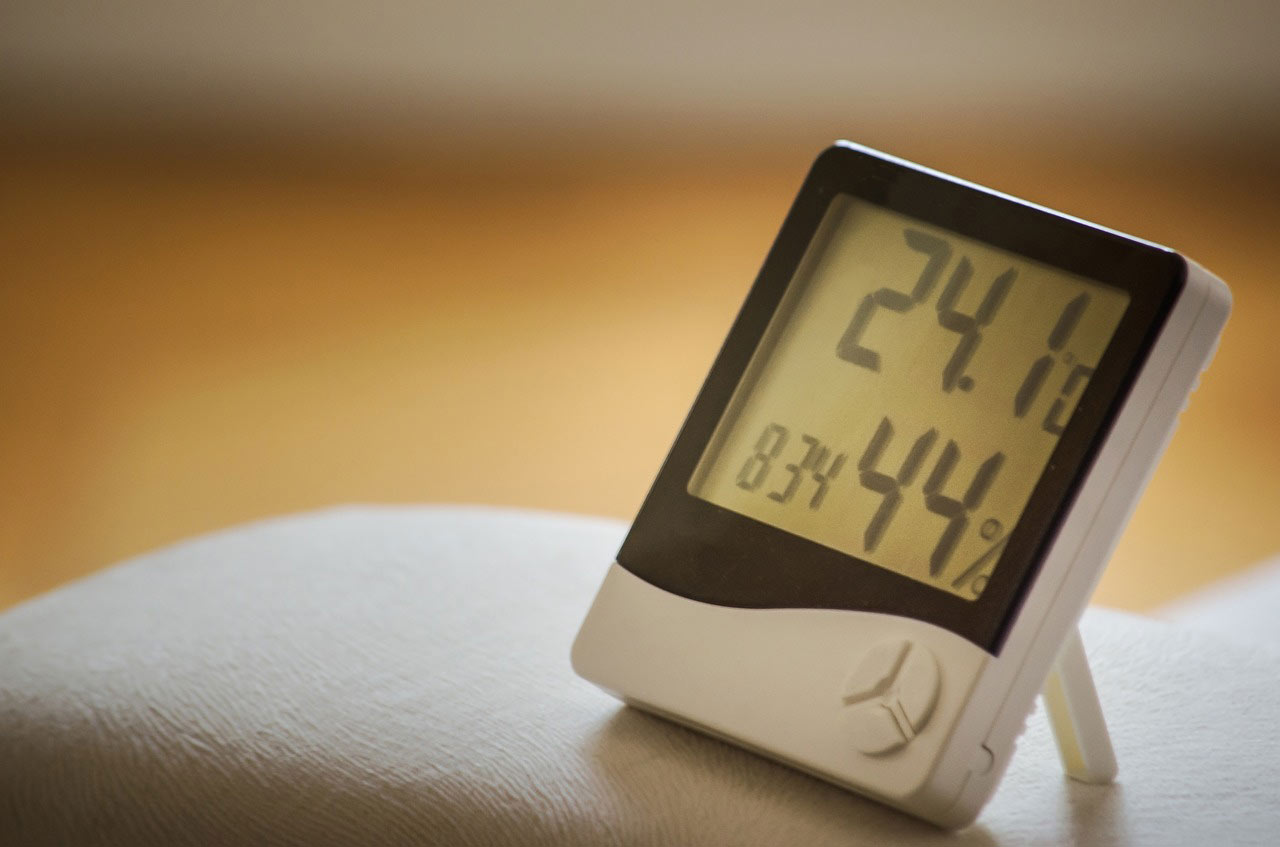Just like you need humidity to help with your health, your home too needs humidity to keep it healthy. If the humidity levels are too low, you potentially are creating an environment that is perfect for germs to thrive in. But if the humidity is too high, it could lead to condensation forming in the home. These water droplets can cause many problems, creating water damage on walls and even leading to mold.

Since humidity is so important to control in your home, let’s take a look what humidity does to you, your home and how to manage it.
Ideal Humidity Level
Typically the humidity level in your home should be anywhere between 40 to 50 percent. A home with too high of humidity, especially in the winter months, will notice condensation on the windows which can spread throughout the house. Too low of humidity and it will feel dry.
Investing in a thermometer for your home is beneficial to control the humidity levels. Look for the most accurate indoor thermometer possible to ensure the humidity percentage is being recorded correctly.
Humidity and Your Health
The humidity levels within your house could affect your health, and not always in a good way. Having too high of humidity levels can lead to respiratory infections and trigger allergies (coughing, itchiness and sneezing for example).
The symptoms of inadequate humidity levels within your home can be even more severe. Some have noted excess indoor humidity to cause headaches, nausea, asthma attacks, congestion, dizziness, and fatigue.
 Having your homes humidity levels at an ideal percentage provides many benefits to you and your home. Besides not feeling damp in your own home, ideal levels reduce the risk of damage to the house and furniture (the condensation from high humidity levels can lead to water damage and mold). Not only that, your health benefits as well. The environment is less suitable for bacteria and viruses to grow, and there is less of a risk for allergies to flare up.
Having your homes humidity levels at an ideal percentage provides many benefits to you and your home. Besides not feeling damp in your own home, ideal levels reduce the risk of damage to the house and furniture (the condensation from high humidity levels can lead to water damage and mold). Not only that, your health benefits as well. The environment is less suitable for bacteria and viruses to grow, and there is less of a risk for allergies to flare up.
How to Control the Humidity Levels
Your best way to gauge the levels in your home is through a thermometer. Once you know the levels, you can then start to either increase or decrease the humidity.
If the percentage is too high, a dehumidifier is a good idea to have on hand. Especially during the summer months, the house tends to fill with lots of moisture if there’s moisture outside. You’ll also want to keep the air circulating throughout the home. Especially if you are cooking, have windows open to blow out the humid air and bring in the more dry air.
If the humidity levels are too low, which is typical in the winter months, the house becomes dry. Cold air doesn’t hold as much air as warm air does. Low humidity levels not only makes the air feel dry, but it also makes your skin dry too. Not only that, wood flooring is at risk of cracking and splitting and even electronics can be damaged. Your best option is to invest in a humidifier during the winter months.










